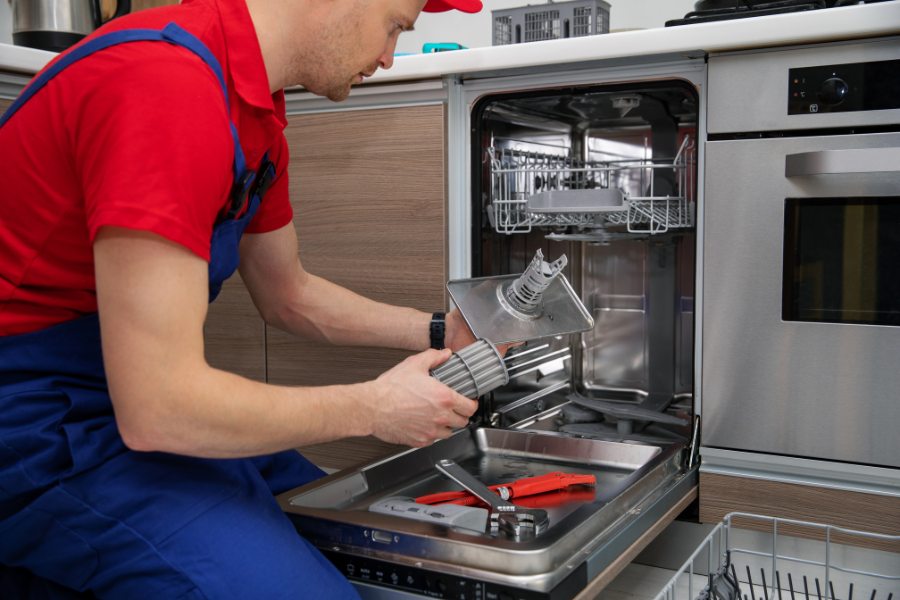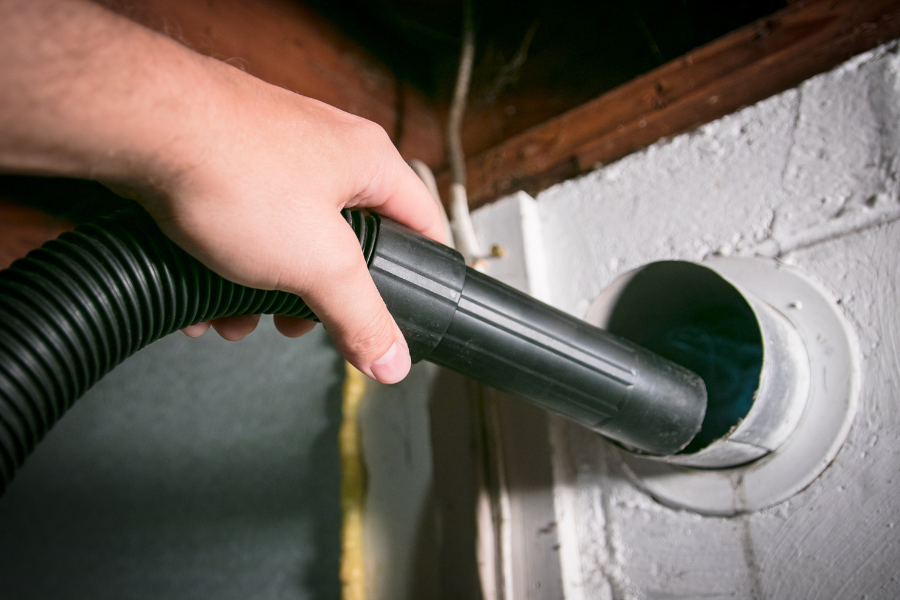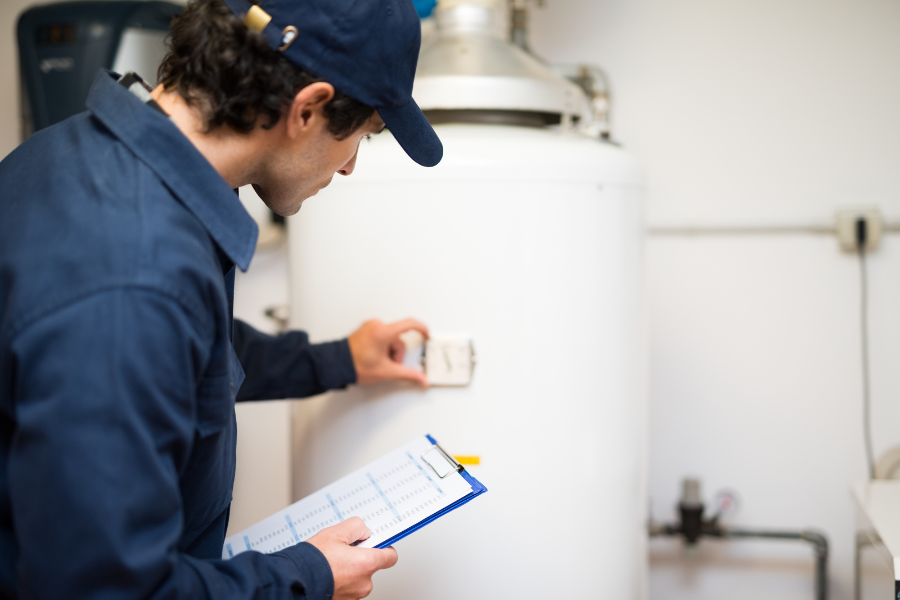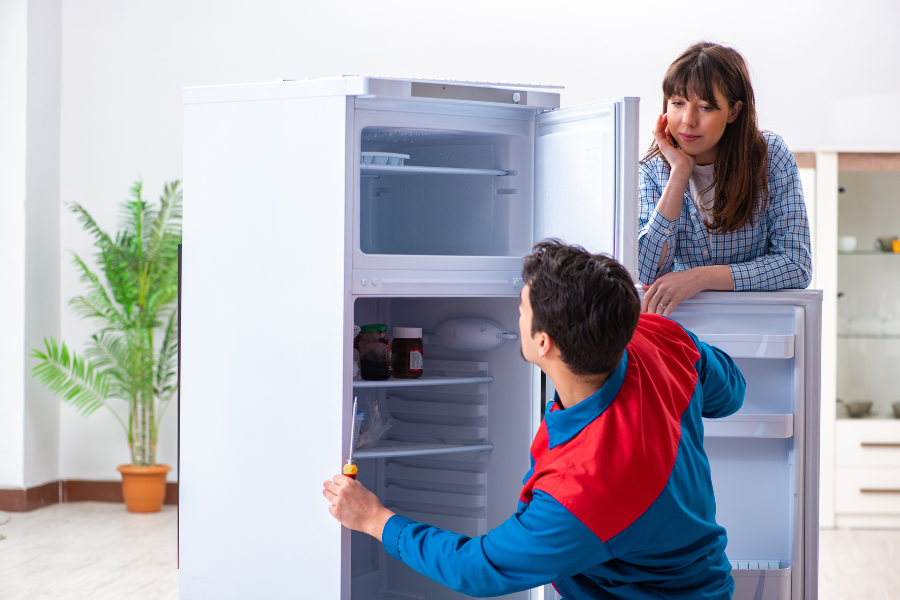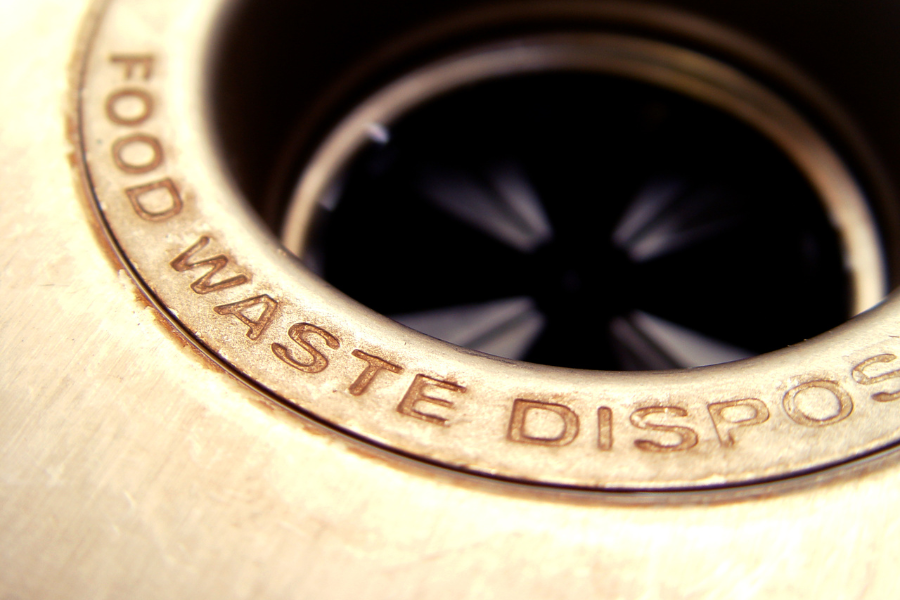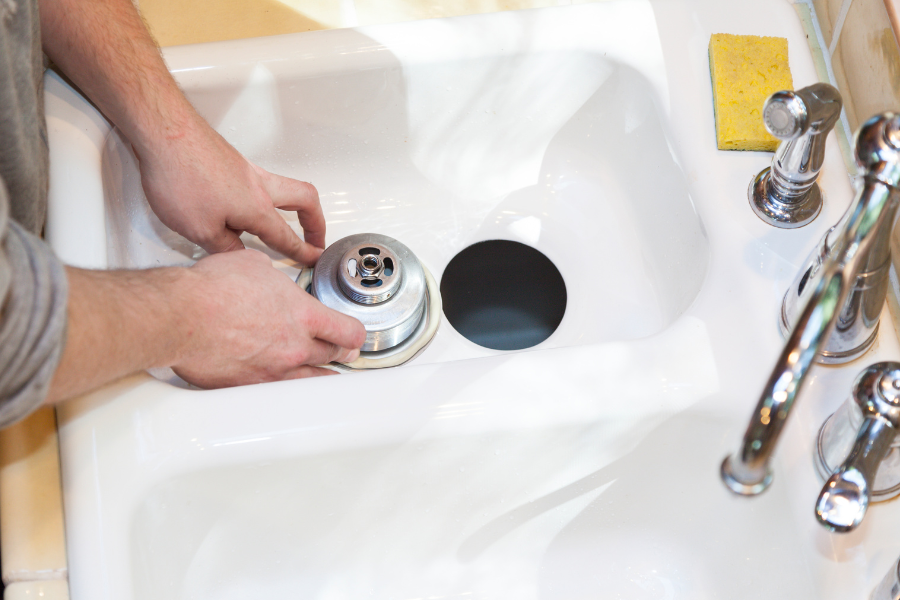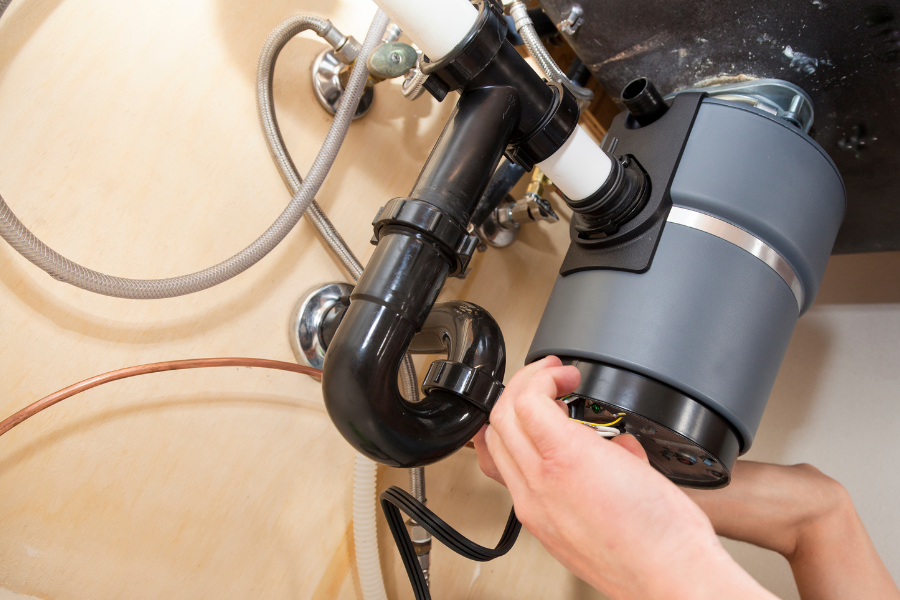
As the leaves start to change color and the air becomes crisp, we know fall is upon us. It’s a beautiful time, but it’s also the perfect moment to ensure your home appliances are ready for the chillier months ahead. So let’s dive into a helpful checklist to ensure your home is snug, safe, and energy-efficient.
Your Fall Home Maintenance Checklist
- Check Smoke Detectors: You should check your smoke detectors twice a year – fall and spring cleans are the perfect time to do this. Ensure they’re functioning properly and replace batteries if needed.
- Replace Air Filters And Check Your HVAC System: Your HVAC system needs a clean, pleated paper air filter to function optimally. Depending on usage, these should be replaced monthly or quarterly (every 3 months). While doing so, give your HVAC a thorough check. You’ll want to fix any issues now rather than when the heat goes out in the middle of winter!
- Care for Outdoor Spigots: Before the first freeze hits, protect your outdoor spigots with freeze protectors. These handy devices can prevent frozen pipes and potential water damage. Also, do one last check for leaks before you put everything away for the winter.
- Clean the Garbage Disposal: With all the hearty fall cooking, your disposal might see some extra action. Keep it running smoothly by giving it a good clean.
- Seal Air Leaks: Keep the warm air in and the cold air out by sealing any air leaks around windows and doors. This simple step can save energy and keep your home cozy.
- Clean Gutters and Downspouts: Falling leaves can clog gutters and downspouts. Cleaning them out can prevent water damage and keep them functioning properly.
- Check Your Roof: Checking your roof should be another bi-annual task. Before winter weather hits, give your roof a once-over for any potential issues or repairs needed.
Remember, a well-maintained home is not just about comfort, it’s about safety too. Taking these steps will ensure a cozy, worry-free fall season. As we bid farewell to summer and welcome the beautiful autumn season, let’s ensure our homes are ready too.
If you do encounter any issues that need fixing while going through your checklist, don’t hesitate to call in a professional. With a home warranty, you can save money on repairs and make the process much, much easier! Contact Trinity Home Advisors today to set up a warranty, and settle in for a stress-free fall!

